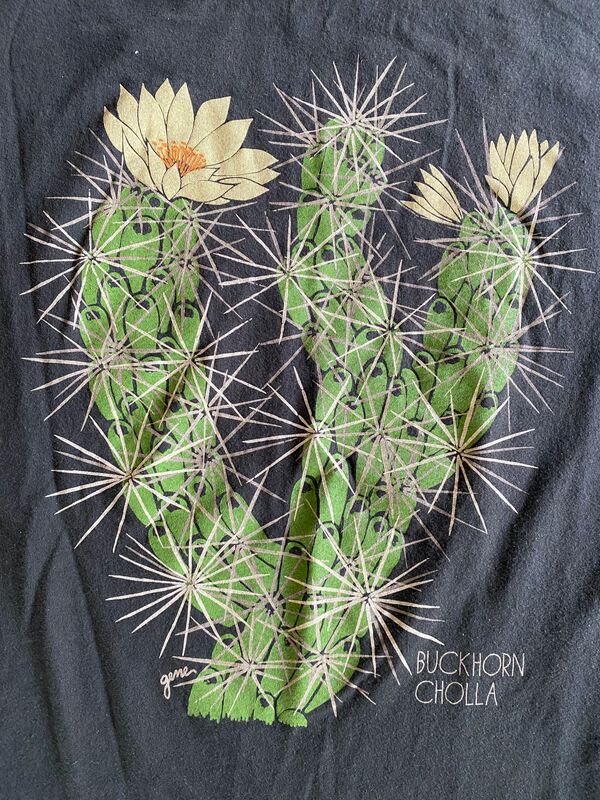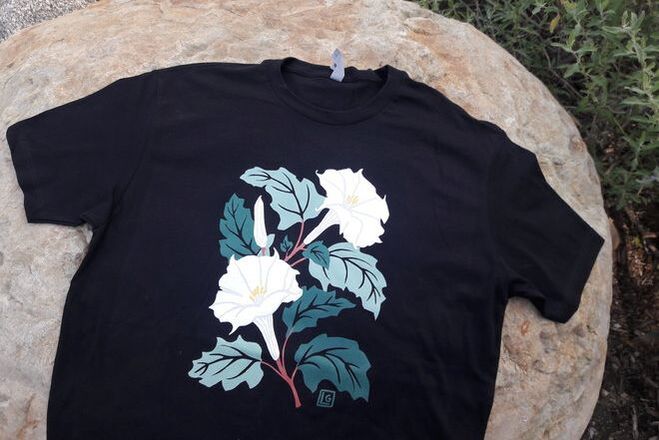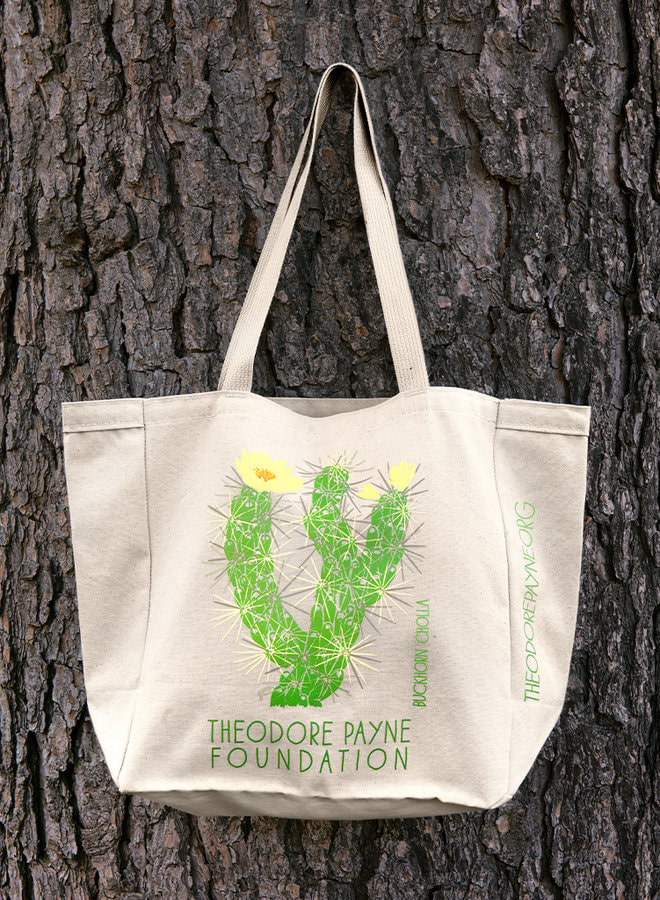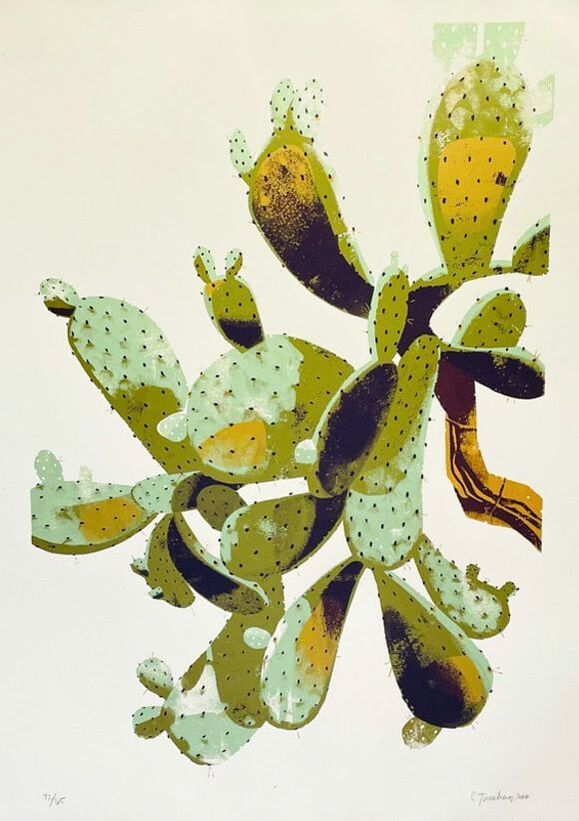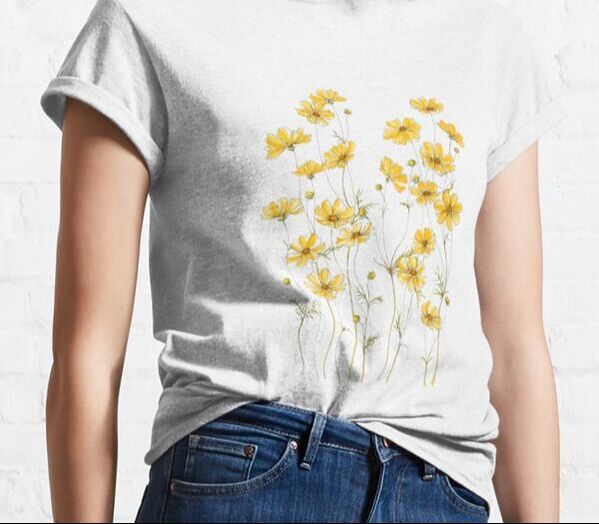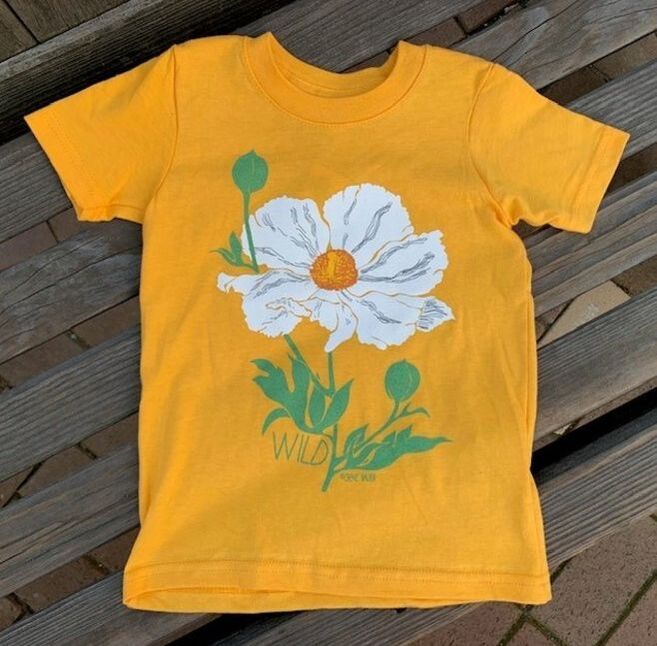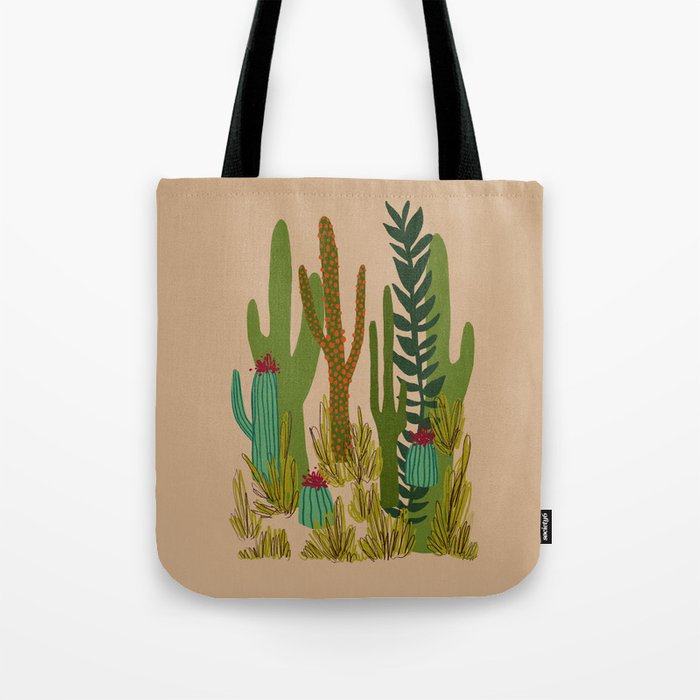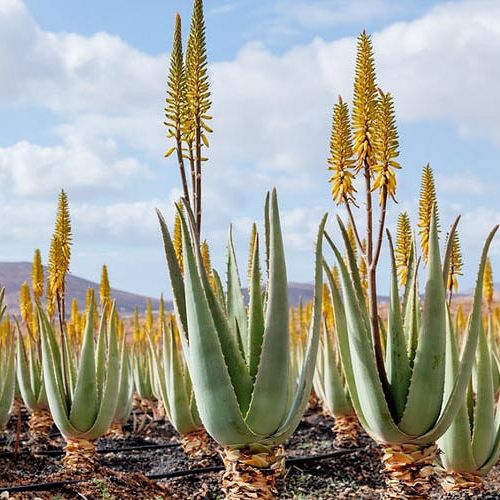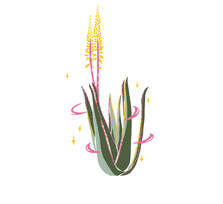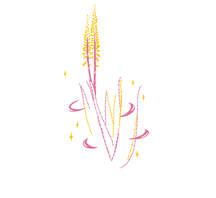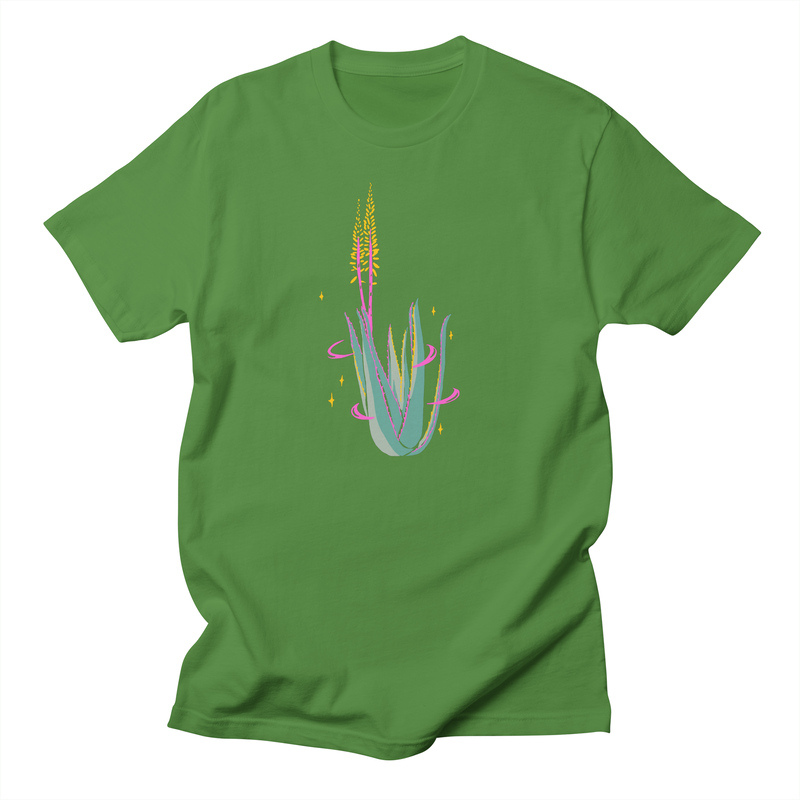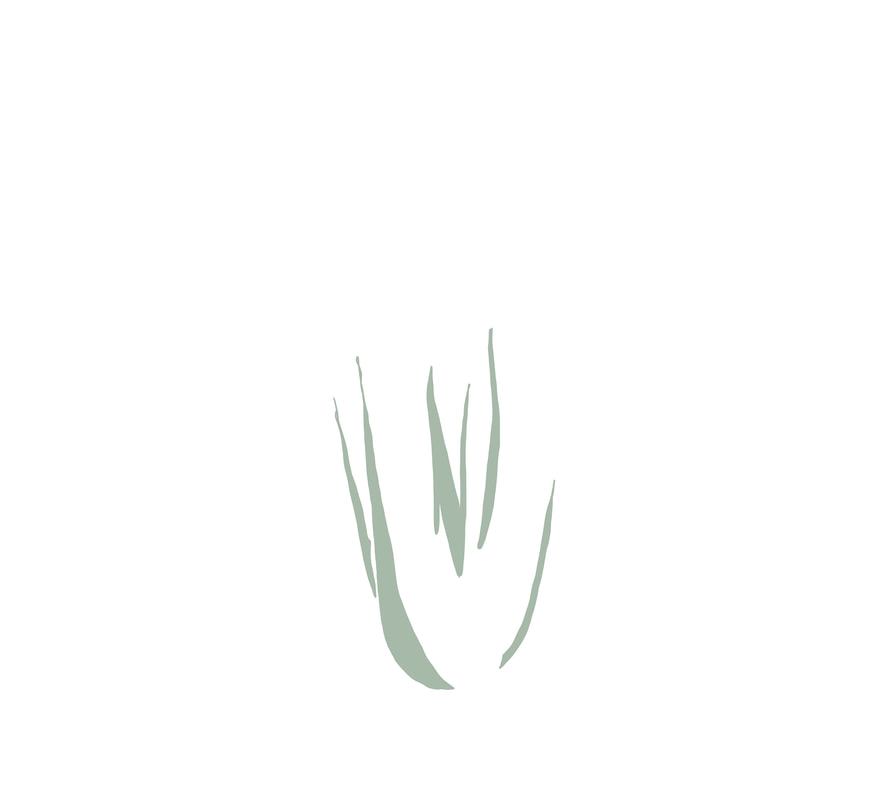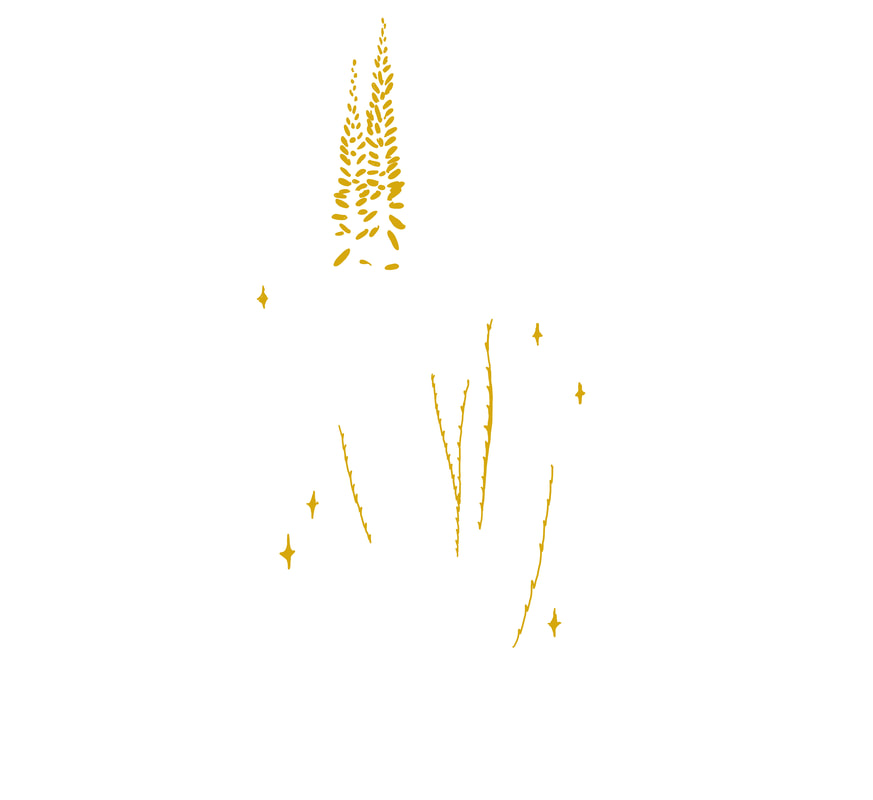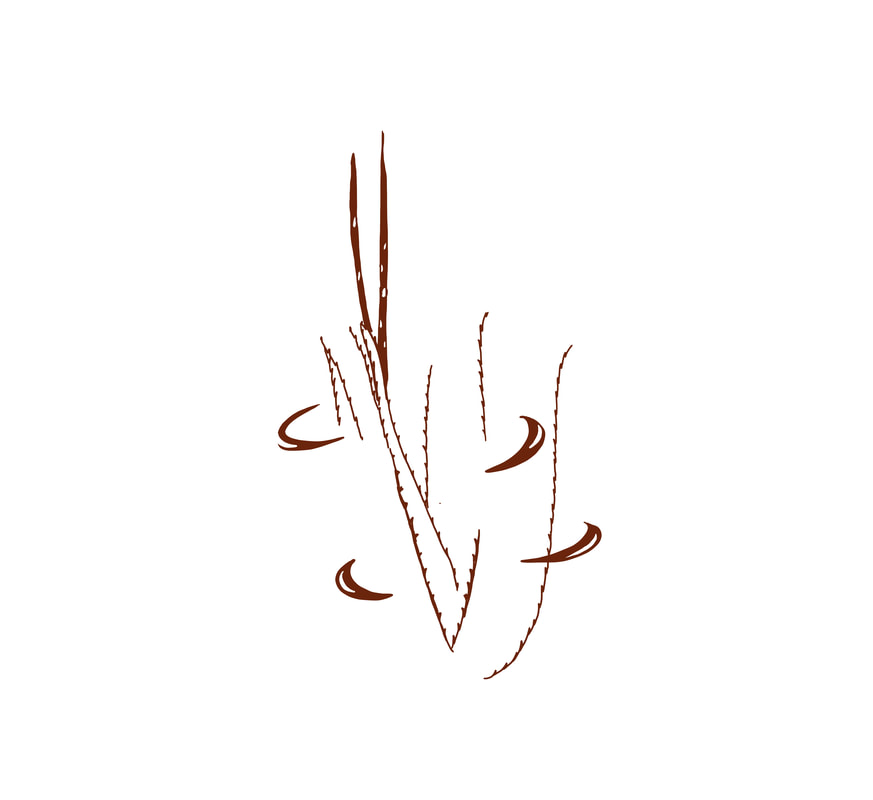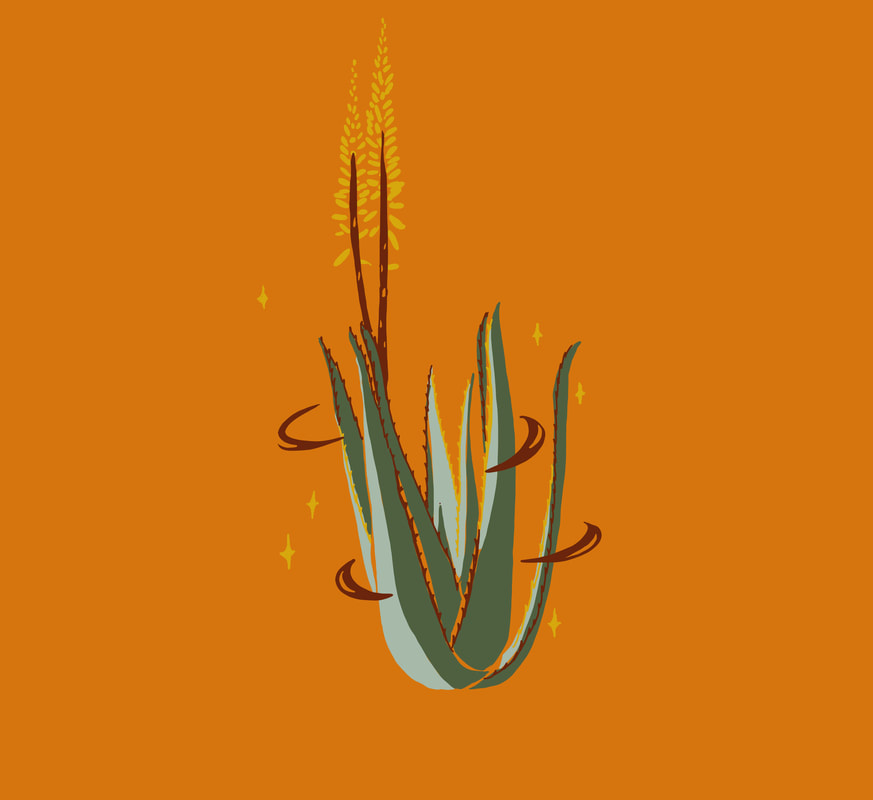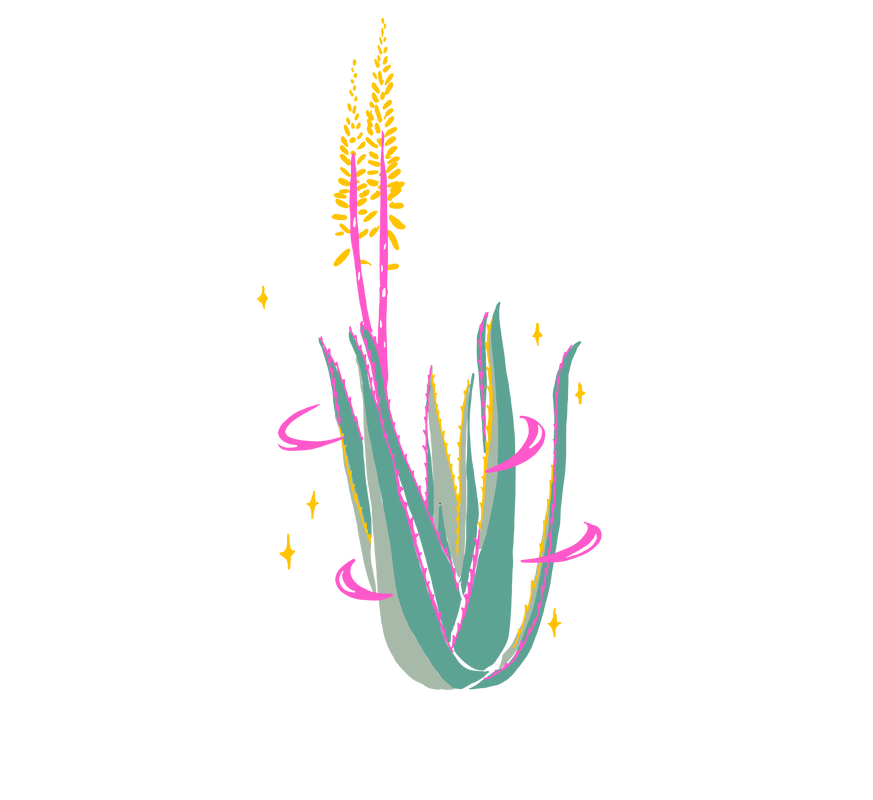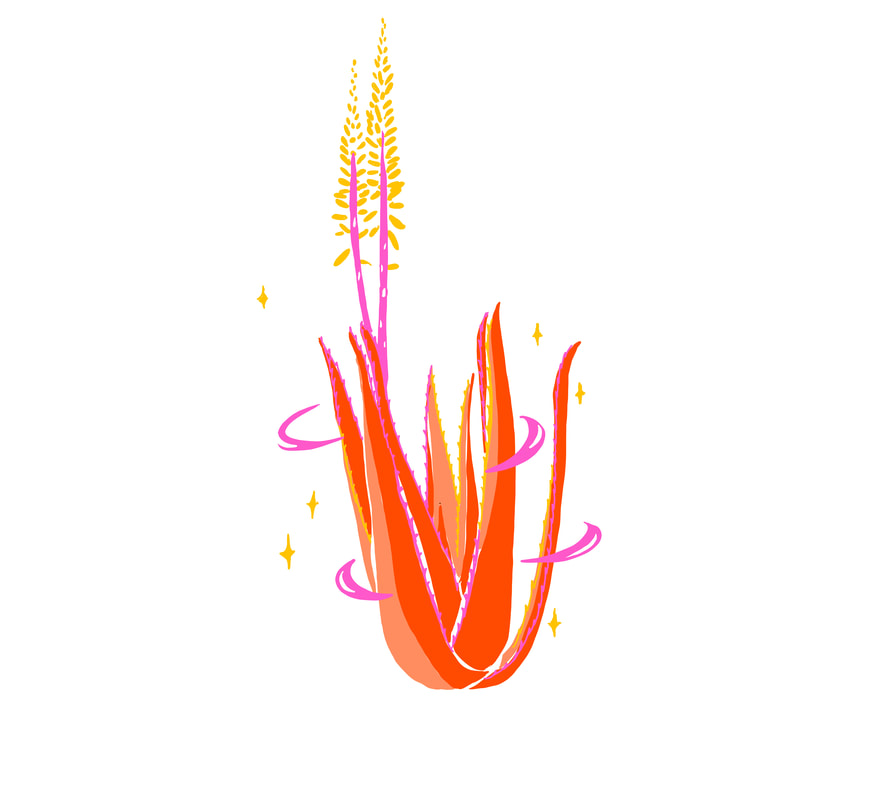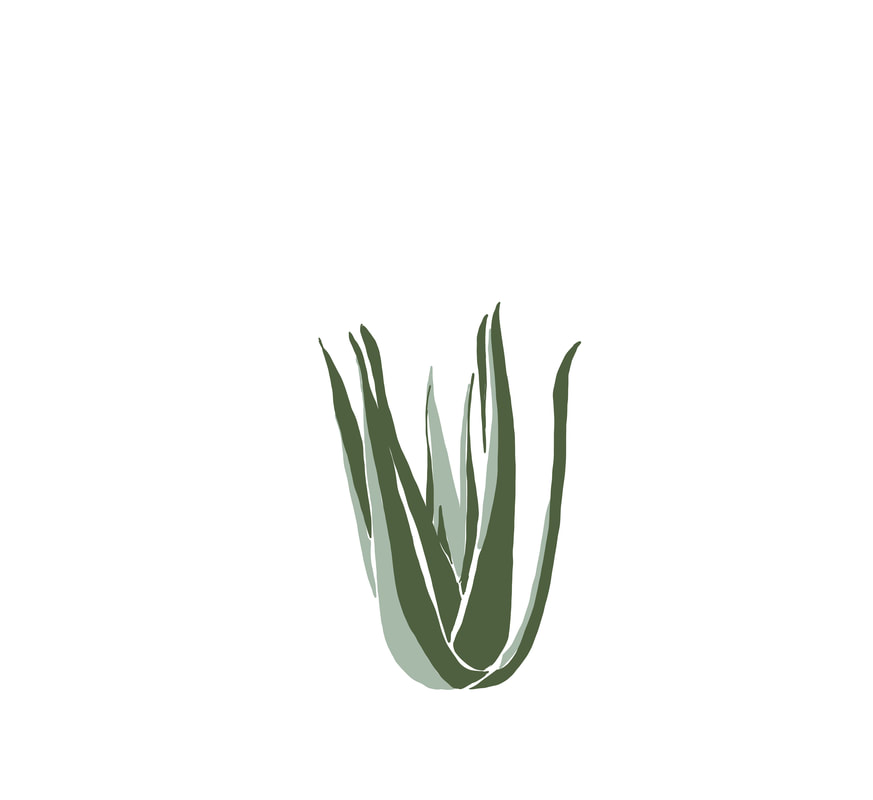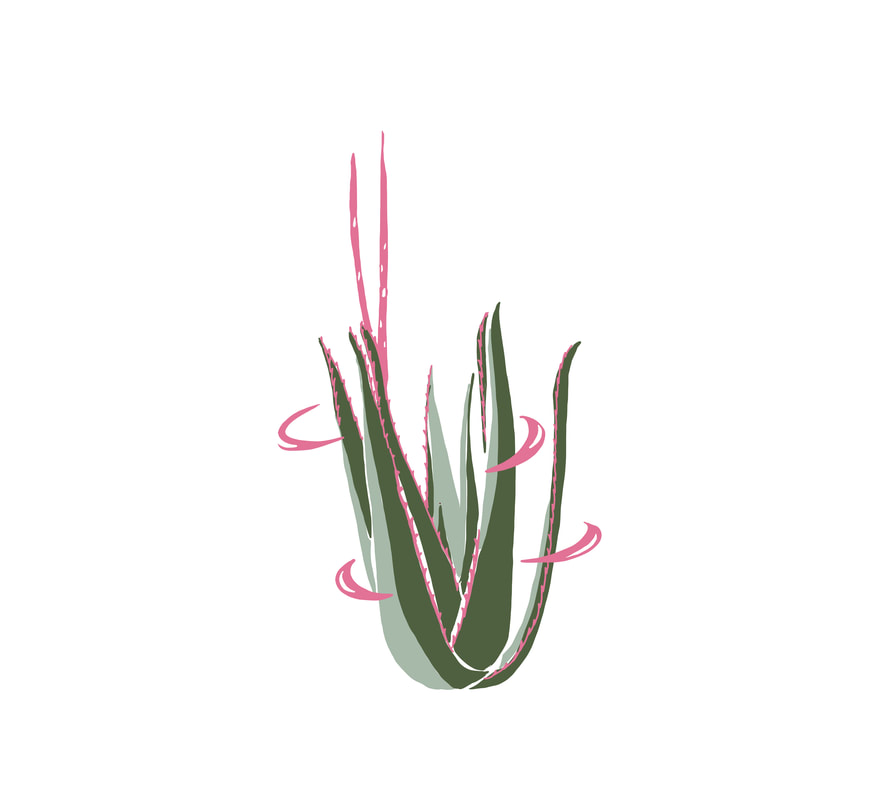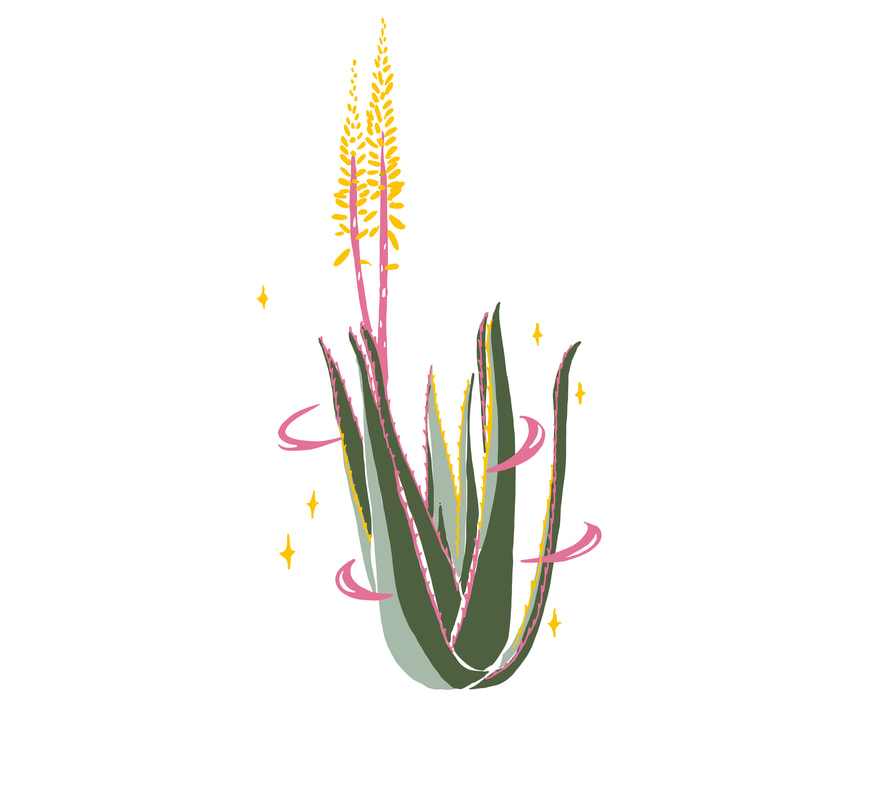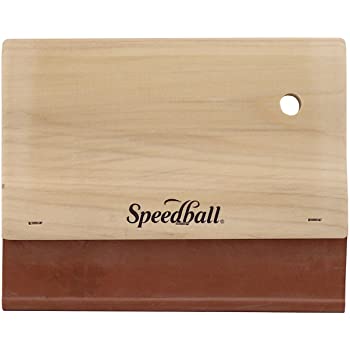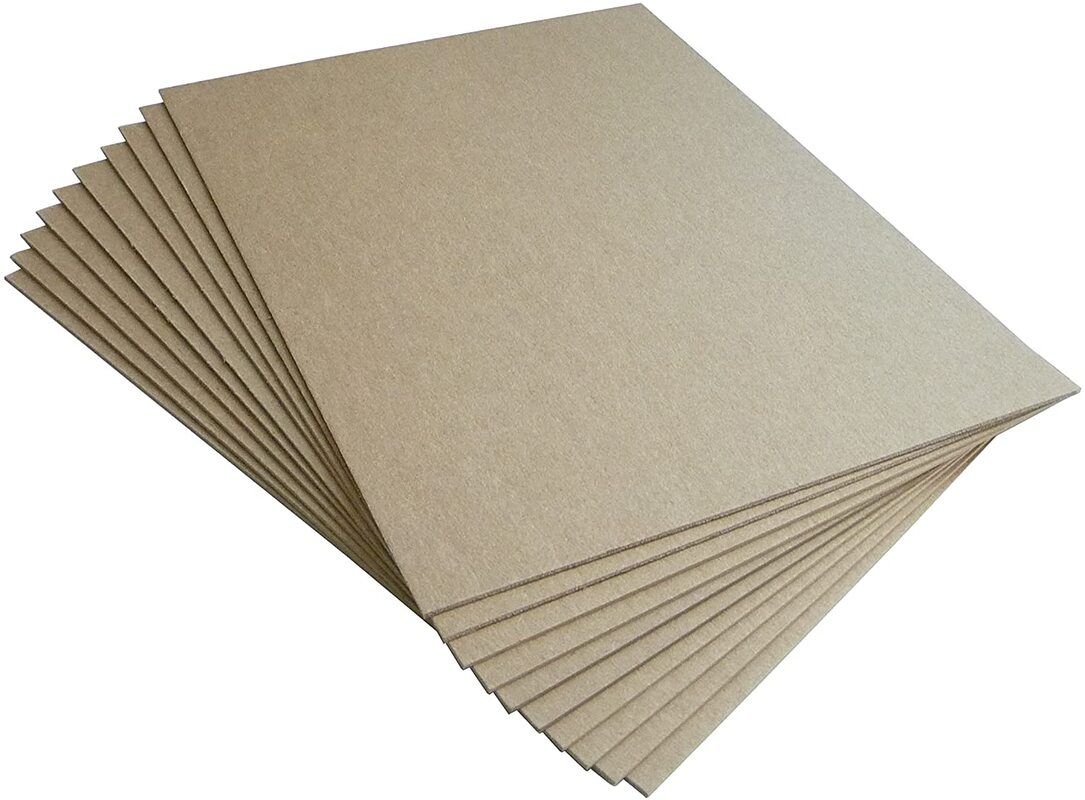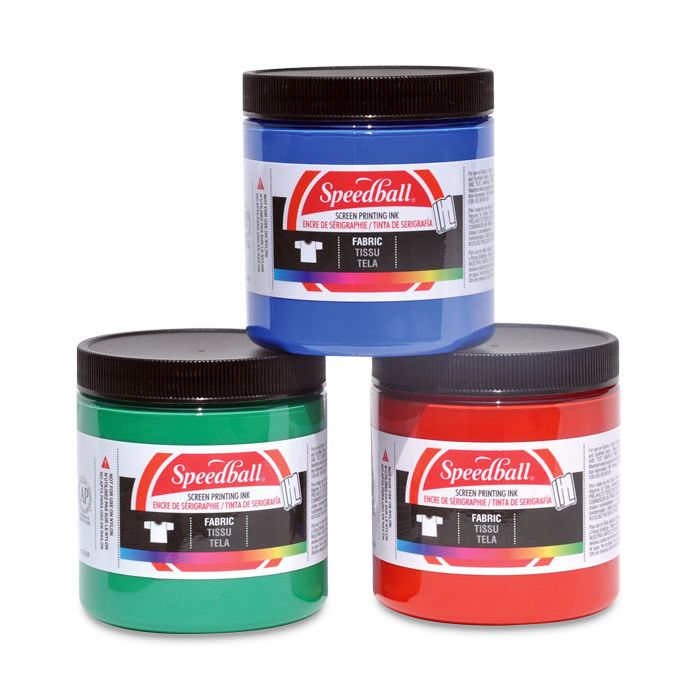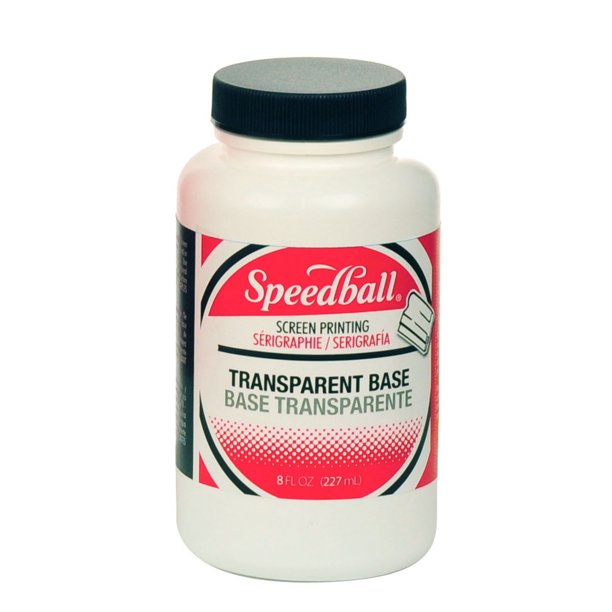Botanical Fabric Screenprinting
|
Botanical Prints
|
BOTANICAL PRINT
PRINTED ON FABRIC
CONTAINED IMAGE
|
Design
- Design should be a SPECIFIC PLANT
- 3+ COLOR screens
- Should look VOLUMETRIC
- 2+ Colors used THROUGHOUT to create UNITY
- NO CROPPING
Cutting your screens
Plan your screens based on color and values. Consider where you want ties and where you don't.
MAKE TWO COPIES OF EACH STENCIL so that you can use one copy for fabric and one copy for paper items.
MAKE TWO COPIES OF EACH STENCIL so that you can use one copy for fabric and one copy for paper items.
Color Schemes
Minimum Requirement: 2 Realistic Colors, 2 Arbitrary Colors, 2 Monochromatic Colors
Layers
Print all of the fabric layers or paper layers in one go. Then, switch screen stencils to the second copy for the other. Be sure to use the fabric squeegee (rounded edge) and the fabric transparency when using fabric. Do not use the paper ink or paper transparency on fabric! It will wash out!
Printing on Fabric
- Use separate stencils for the fabric printing.
- You will use the same amount of pressure when printing on fabric, but might need a little more ink than when printing on paper.
- You will need to protect underneath the top layer of fabric with chipboard.
- Only use fabric inks on fabric. Paper inks will wash out of fabric. Transparency is specific too.

